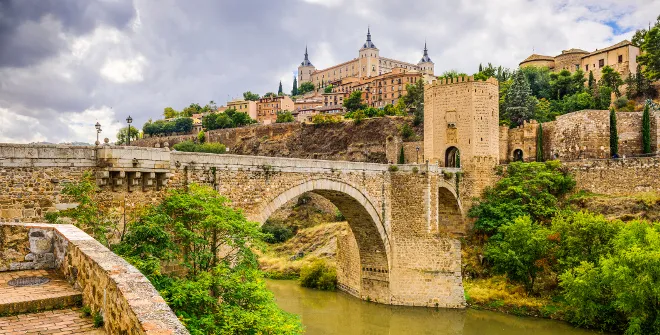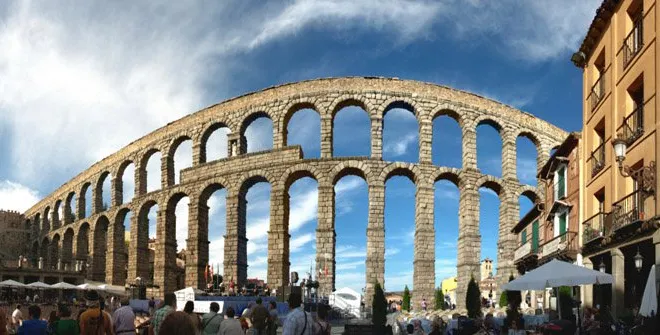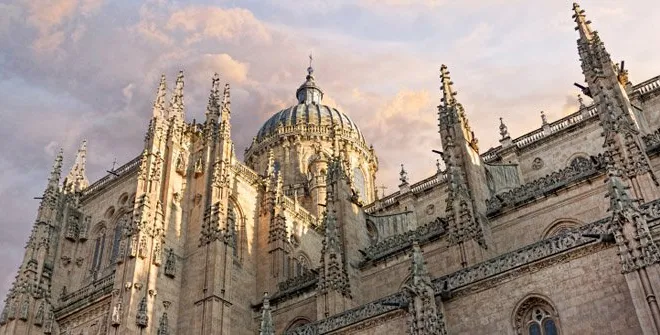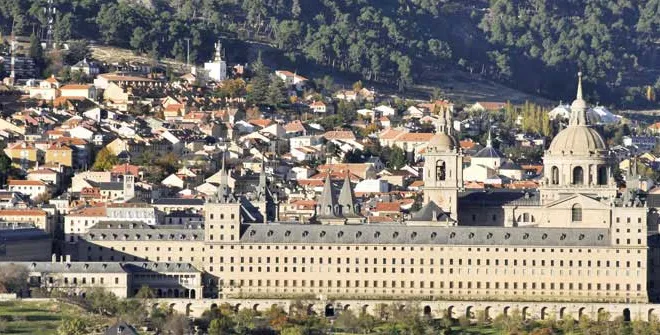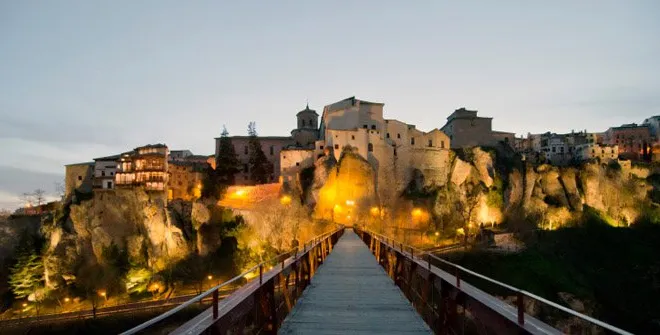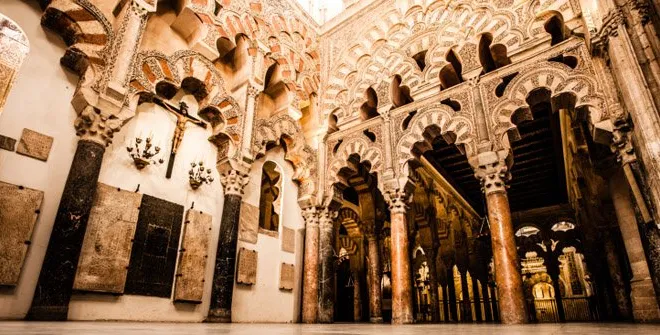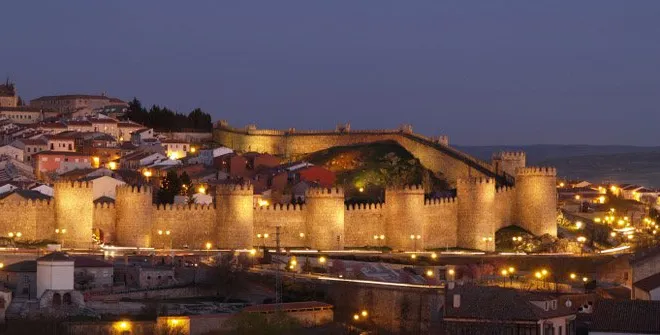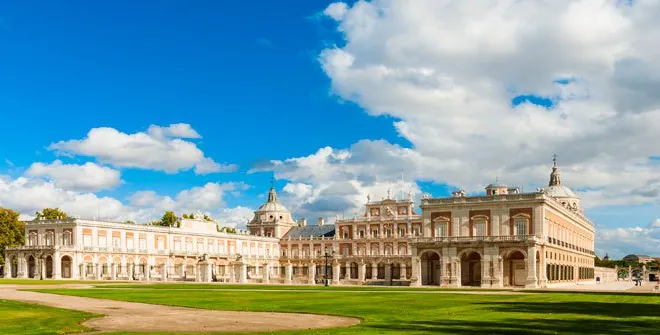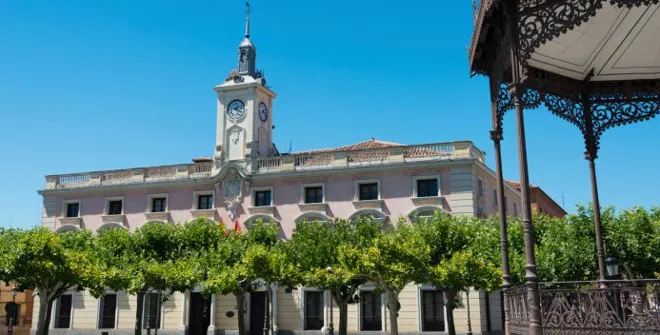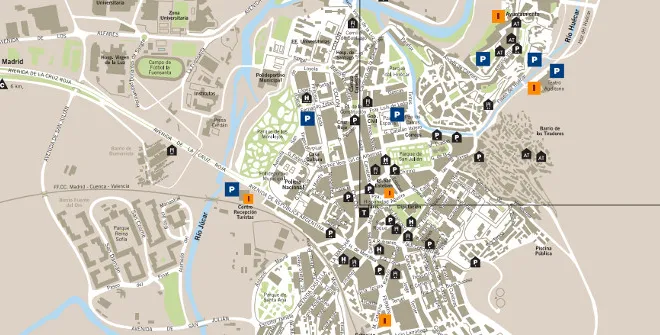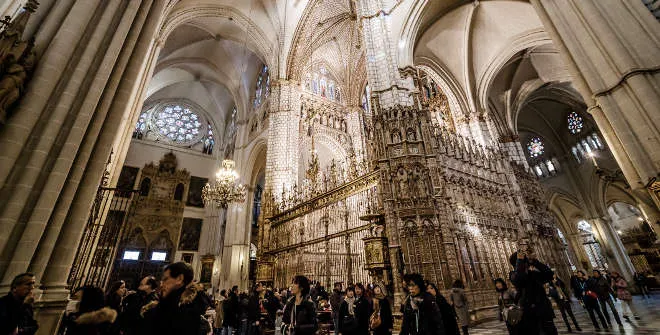Cuenca
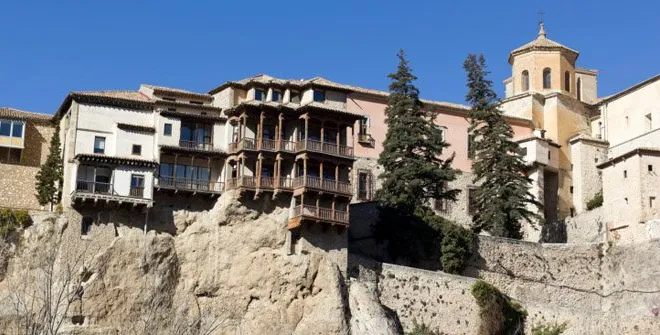
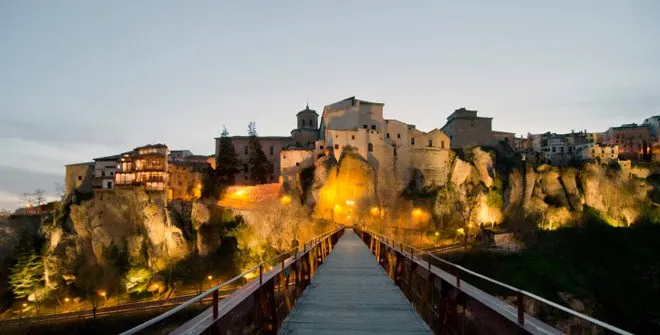
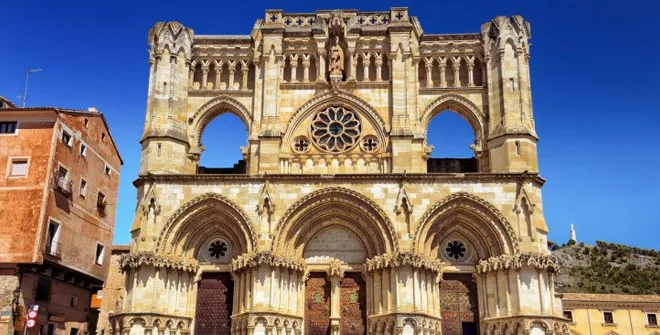
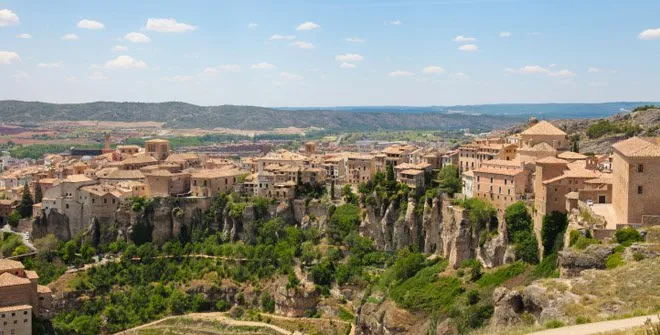
The historic fortified city of Cuenca is located on a look-out point between the gorges of the Huécar and Júcar rivers. Its steep streets, unaltered proof of its medieval past, as well as its consideration as a city-come-landscape, gained it recognition as a UNESCO World Heritage Site in 1996.
Plaza Mayor
The main square is the nerve centre of the city's monument collection and the starting point for any visit. It is trapezoidal in shape and the cathedral, town hall and Las Petras Convent occupy three of its corners.
Catedral de Santa María de Gracia
The cathedral was built on the site of the former Arab mosque. Construction began at the end of the 12th century and was completed in the middle of the 13th century. It was the first Gothic cathedral of Castile and is built in Anglo-Norman style. In the following centuries it was altered and restored, which explains the presence of architectural features in different styles.
The "Hanging Houses" are the city's most emblematic feature, and the one that characterises it on postcards. The houses are built straight onto the wall formed by the gorge of the Huécar River. Their location, suspended over a ravine, makes them one of Cuenca's greatest attractions. One of them (three remain) now houses the Museum of Spanish Abstract Art, where you can enjoy works by Antoni Tàpies, Eduardo Chillida, Antonio Saura and Fernando Zóbel, among others.
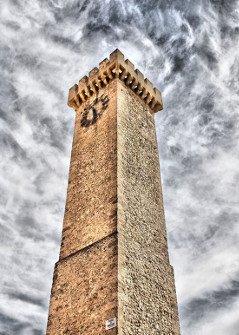
This is the footbridge that crosses the Huécar River. The original bridge was built of stone in the 16th century. It ended up collapsing and another was built of iron and wood at the beginning of the 20th century, taking advantage of the old foundations. It is one of the best vantage points from which to take a photo of the Hanging Houses.
Torre Mangana
This tower is located on the site of the former Arab fortress. It was built in the 16th century and renovated in the 20th century, in a Neo-Mudéjar style. It has served as the municipal clock and is one of the emblematic features of the city.
Walks, Routes and Trails
Cuenca has many routes and walks, among which the St. Julian Hermitage Path and Vantage Points can be highlighted, a leisure area with fountains and lush vegetation whose path to the hermitage is a classified path (SL CU11), or the Zarza Cave Path, a panoramic route that crosses the gorge of the River Huécar with views of the old quarter, and which starts at the former St. Paul’s Convent (now a National Tourism Parador). Another good option is the Cerro del Socorro route which has a vantage point from which the entire city can be admired.
Image: Mangana Tower - Christian Álvarez Patón
Cuenca's most famous festival is Semana Santa (Holy Week), and not in vain has it been declared of International Tourist Interest. One procession stands out from all the others, the "Camino del Calvario". Popularly known as Las Turbas, it takes place in the early hours of Good Friday morning. This procession simulates the mocking suffered by Jesus on the road to crucifixion. The penitents accompany the float, playing out-of-tune bugles and drums. It is famous because of the large number of the faithful who line the streets, and it reaches its climax in the Plaza Mayor.
During Holy Week, visitors can also enjoy Cuenca's Religious Music Week, a festival of great international renown. However, the city's most popular festivals are the Fiestas de San Mateo, which commemorate Alfonso VIII taking the city on the day that Spaniards celebrate Saint Matthew's Day. Particularly characteristic is the running of young bulls with their horns tied and the parade of the "mateas" associations or peñas.
Cuenca's gastronomy is marked by the province's natural surroundings, and mixes the raw materials of this Manchego town (particularly game) with those of Cuenca's mountain ranges.
Among the delicacies, some typically autochthonous dishes stand out, such as morteruelo, a stew served in the form of pâté made from hare or rabbit, pig’s liver, hen, partridge or quail, breadcrumbs and herbs (thyme, rosemary, paprika...), or ajoarriero or atascaburras, a sauce made out of potatoes, garlic, egg, breadcrumbs and oil, which is usually served with meat or cod.
Resolí is a liqueur of Arabian origin which is traditionally served during Holy Week and alajú is the sweet from Cuenca par excellence. It is a pastry made out of almonds, honey, breadcrumbs and covered with wafer.
Cervecería Barbacoa Heidelberg (C/ Mariano Catalina, 1) and La Ponderosa (c/ San Francisco, 20) are just a few of the places you should try on your tapas route around the city.
Its location between two rivers made Cuenca an extraordinary strategic enclave. The exact date of its founding and who was responsible for doing so are unknown; what is known is that several tribes passed through it before its Romanization, including the Concani, the Lobetani and the Celtiberians. The mark left by the Roman Empire is clearly visible in the form of a small bridge and fountain and the nearby Roman remains of Segóbriga, Ercávica and Valeria.
It was not until the arrival of the Moors that Cuenca was consolidated as a town. It was initially formed as an impregnable defensive fort, protected by the gorges of the two rivers. The citadel, which was called Conca, was constructed in 784.
In 1177, the city was conquered by Alfonso VIII who, after a nine-month siege, took the square on 21st September. Cuenca thus passed into Christian hands and its physiognomy changed accordingly. It was made an episcopal and council seat and began to be governed under a special jurisdiction. The population of Cuenca continued to grow thanks to its prosperous textile and agricultural activity and, as a result, had to extend outside its walls. Its monumental legacy has continued to grow until the present day.
- By Car: 2 hours from Madrid on the A-3 via the A-40 in Tarancón
- By Coach: 2½ hours from Madrid from the Estación Sur Coach Station (Méndez Álvaro).
- By Train: 50 minutes on the AVE (as of 18th December 2010) from Atocha Station.
Links of Interest:
- Official Website Cuenca City Council
- Official Website of Cuenca Tourism
